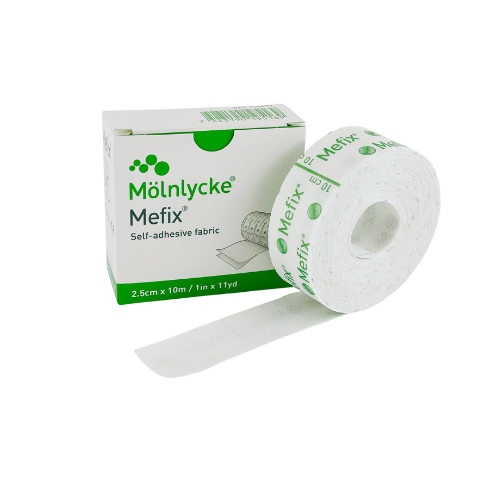As medtech continues to advance, investment strategies in the sector are adapting, attracting both venture capital (VC) and private equity (PE) firms. While the demand for medical technology is rising, especially in areas like cardiovascular disease, surgical robotics, and women’s health, the approaches to funding are shifting.
In the first quarter of 2024, VC investments in medtech hit a two-year peak. However, the overall deal volume remains lower compared to 2022. VC firms typically target early-stage companies, offering significant growth potential but also bearing substantial risk. On the other hand, PE firms prefer investing in more mature businesses, often acquiring a majority stake, with relatively lower risks and returns. A noticeable trend is that larger medical device companies are divesting slower-growing segments to focus on high-growth areas. This restructuring creates opportunities for PE firms to step in.
Changing Investment Trends
Triple Ring Technologies, Inc., a Silicon Valley-based investment and development company, operates at the intersection of science, technology, and business. Co-founded in 2005 by CEO Joe Heanue, Ph.D., Triple Ring has contributed to developing a range of medtech products. In an interview, Heanue discussed recent shifts in investment strategies, particularly the movement from traditional VC to more collaborative corporate ventures and PE-backed models.
Heanue noted that during the COVID-19 pandemic, a surge of investment flowed into medtech startups. Some companies benefited significantly, while others struggled due to overinvestment in diagnostics. By 2023, there was a shift toward corporate venture and private equity investments, with innovative models emerging. These include investing in R&D alongside commercial platforms and the “build-to-buy” approach, where partnerships balance risks while bringing new products to market.
Focus on Specific MedTech Sectors
Medtech investors are focusing on areas such as oncology, cardiovascular disease, and orphan diseases. While VC firms are paying close attention to their existing portfolios, PE firms are becoming more involved, especially as some medtech companies spin off smaller, more agile divisions.
Heanue pointed out that smaller, venture-backed companies often seek exit strategies through PE investments, while larger PE-backed companies may eventually be acquired by major corporations.
Venture Building: An Innovative Approach
Triple Ring follows a “venture building” model, investing in and developing projects simultaneously. By connecting investors and innovators, the company fosters a collaborative environment for launching breakthrough products. Heanue is particularly excited about advancements in fields like genomics, proteomics, and cell and gene therapies, all of which are progressing faster thanks to multidisciplinary efforts and cheaper, scalable computing technology.
The Growing Role of AI in MedTech
Artificial intelligence (AI) is becoming a critical component in medtech devices. Investors are increasingly interested in AI-driven solutions, particularly in how data can optimize clinical procedures. For instance, AI can help predict surgical outcomes and identify potential complications, driving the concept of “digital surgery.”
Younger clinicians, who have grown up with advanced technology, are pushing the demand for sophisticated tools, data, and connectivity in healthcare. The democratization of healthcare is another key trend, with medical devices becoming simpler to use and more accessible, allowing for treatments to shift from hospitals to ambulatory centers and even patients’ homes.
Intersection of Biopharma and MedTech
The line between medtech and biopharma continues to blur. Cell therapies, for example, now involve a combination of medical devices and automation. The next generation of therapies may eliminate the need to send biological samples offsite, with treatments administered directly at the patient’s bedside.
The Future of MedTech Investments
Heanue predicts that the future of medtech investments will focus on delivery devices, wearables, compliance technology, and AI tools that enhance patient care. The popularity of drugs like GLP-1 is driving interest in related medtech solutions, with investors looking to capitalize on tools that improve drug delivery and patient outcomes.
Conclusion
Medtech innovation is advancing rapidly, but so too are the challenges facing investors. Value-based healthcare models are pressuring equipment costs, while AI offers the potential to improve both performance and cost efficiency. As traditional VC firms pull back on riskier investments, PE firms are stepping in to fill the gaps. These evolving strategies reflect a broader industry shift toward more collaborative, outcome-focused, and financially flexible approaches to medtech development, balancing innovation with risk.




